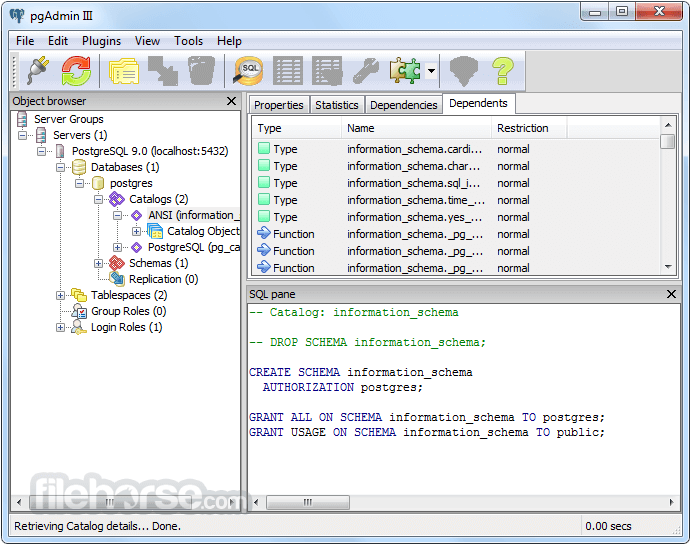
* transaction, or false for when a connector resumes and takes a snapshot, * true if streaming should resume from the start of the snapshot * true if the snapshotter should stream after taking a snapshot

* true if the snapshotter should take a snapshot Void init(PostgresConnectorConfig config, OffsetState sourceInfo, * Implementations must return true for either #shouldSnapshot()} or #shouldStream()} * can provide more advanced functionality, such as partial snapshots. * a custom implementation of this interface can be provided by the implementor, which * While many default snapshot modes are provided with Debezium, * - What queries should be used to snapshot * This interface is used to determine details about the snapshot process: If you do not specify a value, the connector runs an incremental snapshot. Specifying a type value in the SQL query that you submit to the signaling table is optional. The array lists tables by their fully-qualified names, using the same format as you use to specify the name of the connector’s signaling table in the configuration property.Īn optional type component of the data field of a signal that specifies the kind of snapshot operation to run.Ĭurrently, the only valid option is the default value, incremental. Specifies type parameter specifies the operation that the signal is intended to trigger.Ī required component of the data field of a signal that specifies an array of table names to include in the snapshot. Rather, during the snapshot, Debezium generates its own id string as a watermarking signal. Use this string to identify logging messages to entries in the signaling table. The id parameter specifies an arbitrary string that is assigned as the id identifier for the signal request. Specifies the fully-qualified name of the signaling table on the source database Descriptions of fields in a SQL command for sending an incremental snapshot signal to the signaling table Value The following table describes the these parameters: Table 3.
#Postgresql documentation how to
Readers of this part should know how to connect to a PostgreSQL database and issue SQL commands. Readers looking for a complete description of a particular command should see Part VI. The information in this part is presented in a narrative fashion in topical units. The chapters are intended to be self-contained, so that advanced users can read the chapters individually as they choose.

#Postgresql documentation full
The information in this part is arranged so that a novice user can follow it start to end to gain a full understanding of the topics without having to refer forward too many times.

The rest treats several aspects that are important for tuning a database for optimal performance. The middle part lists the available data types and functions for use in SQL commands. We start with describing the general syntax of SQL, then explain how to create the structures to hold data, how to populate the database, and how to query it. This part describes the use of the SQL language in PostgreSQL.


 0 kommentar(er)
0 kommentar(er)
